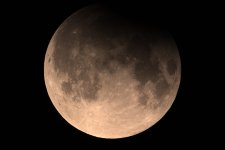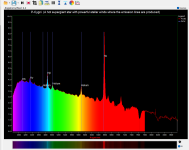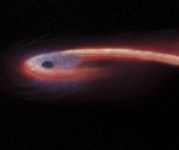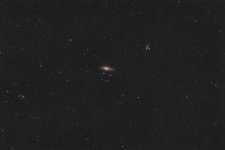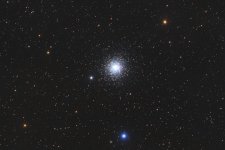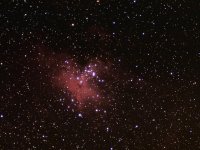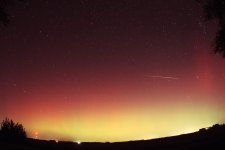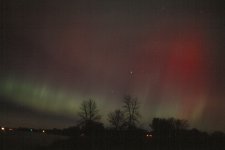Mount making me crazy again. This was a new one.
3 star align. First star in view, I center it.
2nd star almost center. Center it.
3rd star almost center at 10x, center it.
Go to target. in tree still (expected), wait a bit, start guiding and imaging once I can.
Not seeing anything but stars. Let it go for a while trying to figure out where in the sky I am. Finally decide to solve a sub image using Astrometry.net (after PixInsight kept failing). to find I was like 15 degrees off.
Okay, so I go out, park the scope, turn the mount off, turn it back on, enter date, time, start star alignment. First star almost center. 2nd star almost center, 3rd star obscured, figure what the heck and try to goto my intended target and there it is perfectly centered.
I have absolutely no idea what happened. If something got bumped or something then my 2nd try wouldn't have gone so smoothly. If I entered the wrong object then there would at least still be an object there. If I had anything else wrong it wouldn't have pointed so accurately leading up to the moment.
Shaved an hour off of my image session for no good reason.
Ah well, if this were easy it wouldn't be so fun now would it?


